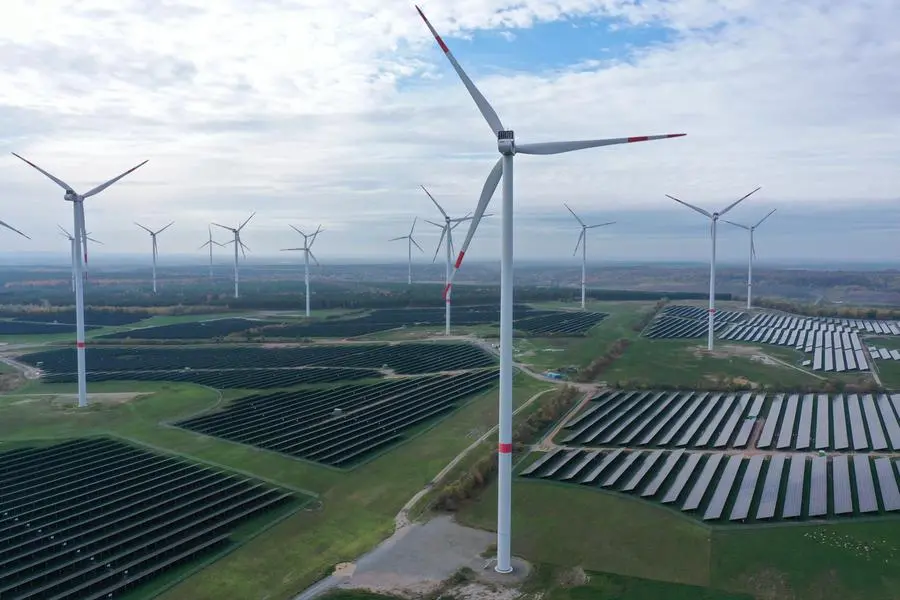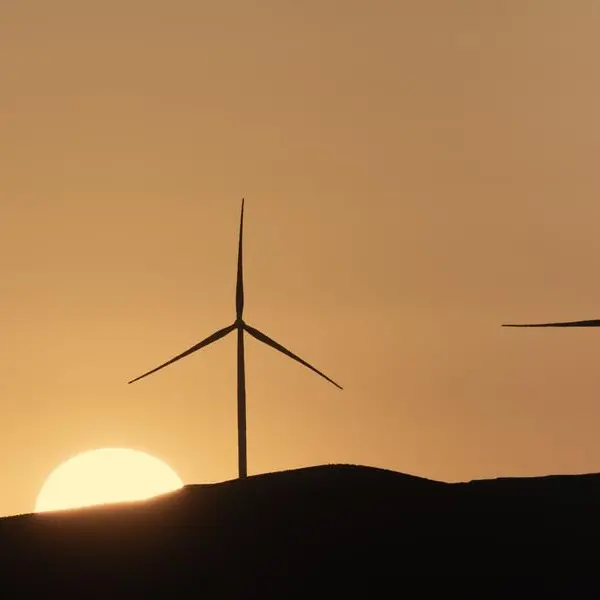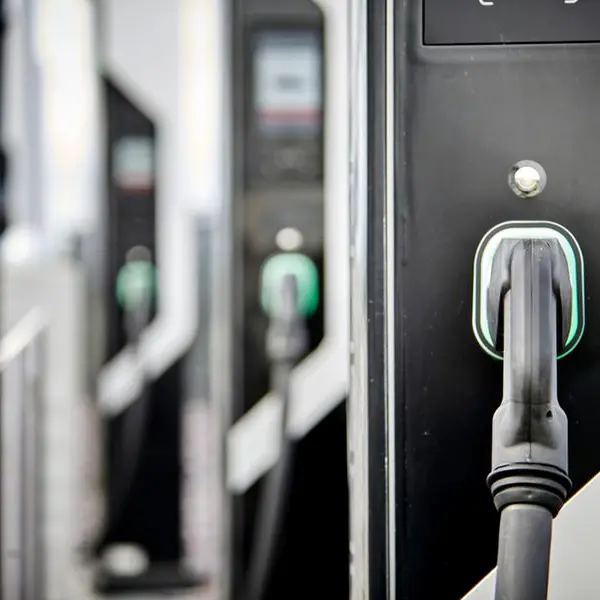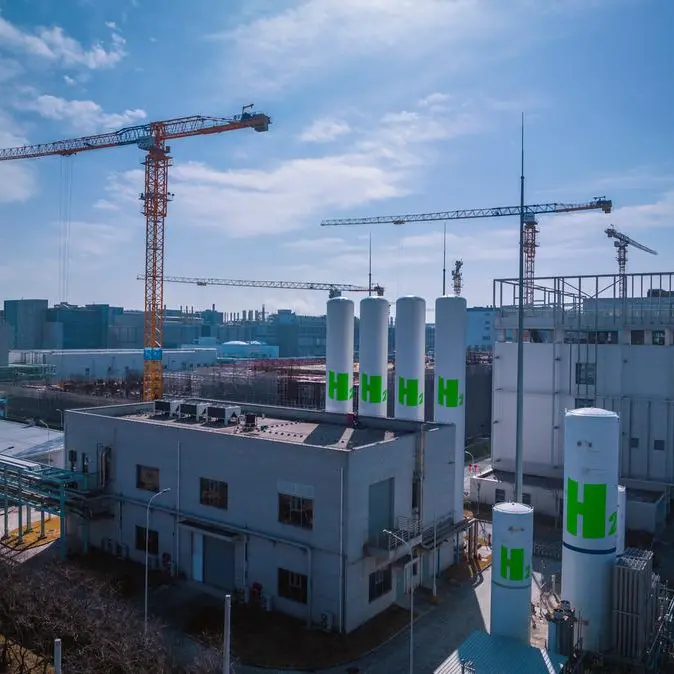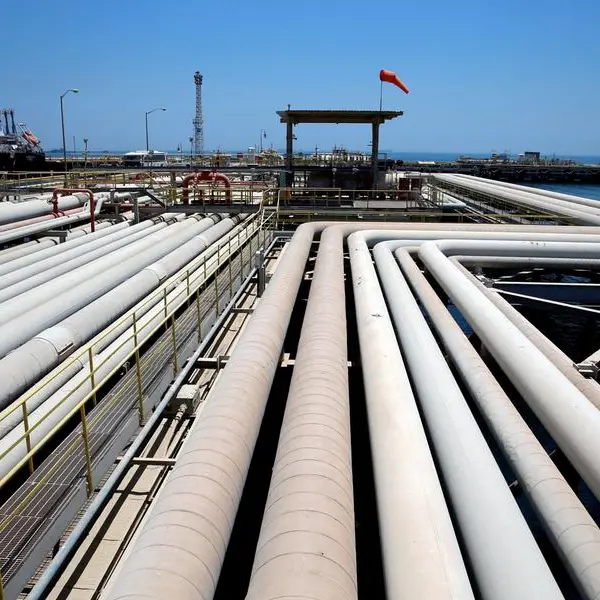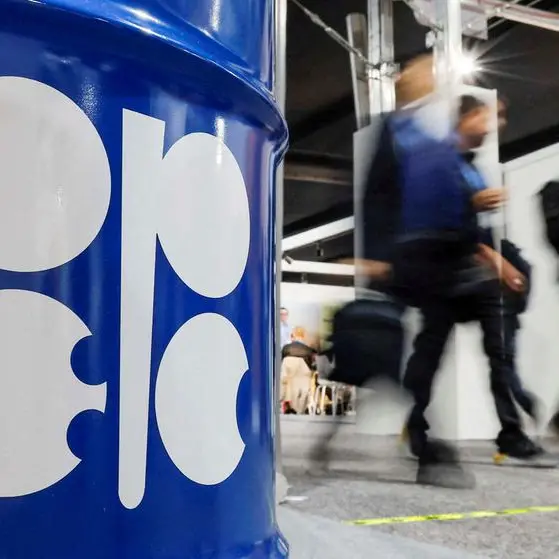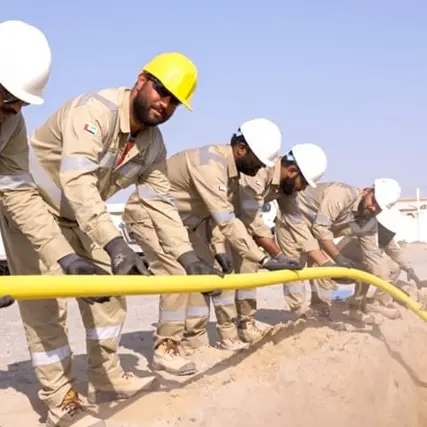PHOTO
In this aerial view, wind turbines producing electricity spin over a solar park on November 01, 2022 near Klettwitz, Germany. (Photo by Sean Gallup/Getty Images) Image used for illustrative purpose.
The next five years will see the fastest growth yet in the renewable energy space as the world increased renewable capacity by 50% in 2023 year-on-year (YoY), the International Energy Agency said in a report on Thursday.
“The world’s capacity to generate renewable electricity is expanding faster than at any time in the last three decades, giving it a real chance of achieving the goal of tripling global capacity by 2030 that governments set at the COP28 climate change conference last month,” the report added.
Renewable energy capacity reached 510 gigawatts (GW) in 2023, with solar photovoltaic (PV) accounting for three-quarters of additions worldwide.
The largest growth took place in China, which commissioned as much solar PV in 2023 as the entire world did in 2022, while China’s wind power additions rose by 66% YoY. The increases in renewable energy capacity in Europe, the US and Brazil also hit all-time highs.
The latest analysis is the first comprehensive assessment of global renewable energy deployment trends since the conclusion of the COP28 conference in Dubai in December.
The report found that global renewable power capacity is now expected to grow to 7,300 GW over the 2023-28 period.
Solar PV and wind account for 95% of the expansion, with renewables overtaking coal to become the largest source of global electricity generation by early 2025.
“The new report shows that under current policies and market conditions, global renewable capacity is already on course to increase by two-and-a-half times by 2030. It’s not enough yet to reach the COP28 goal of tripling renewables, but we’re moving closer – and governments have the tools needed to close the gap,” said IEA Executive Director Fatih Birol.
To triple renewables by 2030, advanced and large emerging economies will have to address challenges such as policy uncertainty in a fragile economic environment, insufficient investment in grid infrastructure and cumbersome administrative barriers.
In other emerging and developing economies, access to finance, strong governance, and robust regulatory frameworks are essential to reducing risk and attracting investment, including establishing new targets and policies in countries where they do not exist yet.
Of all the projects announced worldwide to use renewables to produce hydrogen this decade, only 7% of the proposed capacity is expected to come online by 2030.
The slow pace of projects reaching an investment decision combined with limited appetite from off-takers and higher production costs have led to slower progress on many projects, IEA said adding, consistent policies will be needed to support demand.
(Editing by Brinda Darasha; brinda.darasha@lseg.com)
